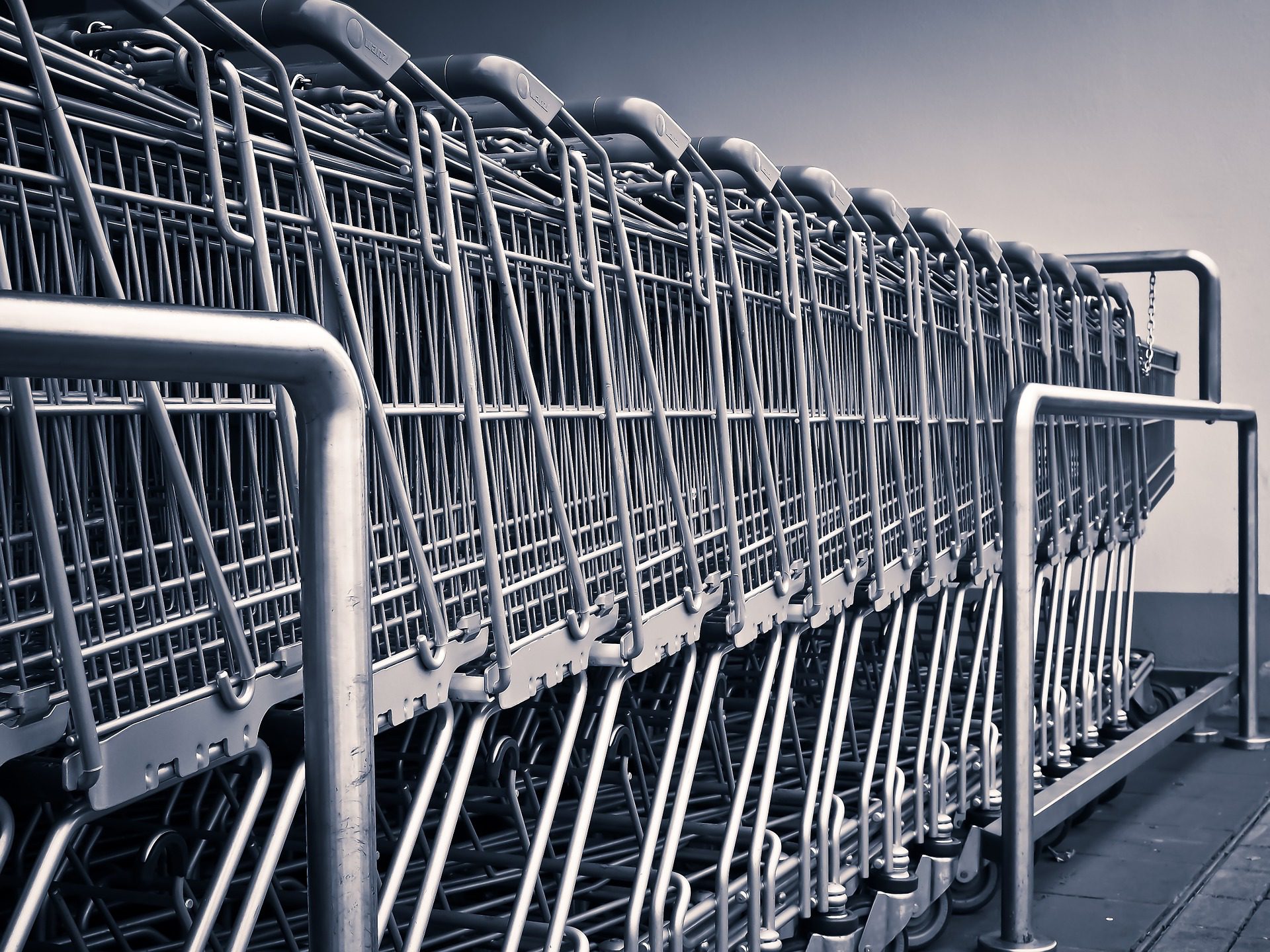
Since I’ve started making a concerted effort to reduce how much processed sugar I consume (see here), I became very aware of how much our grocery stores are sabotaging our weight loss efforts by making it impossible to shop without tripping over items chock full of sugar.
They make sure that there are numerous aisles scattered throughout the store stocked with sugary confections. For example, the candy aisles are in a separate location from the cookie aisles. The cupcakes and Twinkies are in the bakery section right next to the donut display, while ice cream and frozen novelties have their own row in the refrigerated section. Even in the sections set aside for protein bars and other “healthful” snacks are placed next to Pop tarts and lunchbox sized cookie servings. Just in case you managed to avoid these temptations, scattered throughout the store in aisles devoted to something other than sugar loaded items are little cardboard displays designed to tempt us yet again.
Let us not forget the “seasonal” aisle, located in the middle of the store, which always seems to be larded up with some sort of candies throughout most of the year. Starting in September it’s stocked with Halloween candy, soon to be followed by Christmas candy which gives way to Valentines Day candy and finally closes out with Easter goodies. The only season that seems exempt is summer. Which is kind of ironic, since summer is “swimsuit season” and after tempting us with caloric dense food all year long, stores finally provide us with healthier alternatives.
Finally, should you successfully navigate all these pitfalls, there awaits at the checkout counter one last tempting blitz of candy bars and m&m’s.
We can’t really blame the grocery stores, they’re just giving us what we want and what helps their profit margins. It’s not their job to help us watch our weight and blood glucose levels. That is up to us.
But it pays to be aware of what they are doing. You want comfort food and they know you want comfort food and are going to give you every opportunity to buy it. A couple of ways to resist these temptations is to make sure you are not hungry when you grocery shop, and to spend most of your time shopping the perimeter of the store. The reasoning for this is because most of the junk food is in the middle sections while the healthier items tend to be placed around the outer sections. While far from foolproof, these suggestions should minimize the impact of the temptation traps.
Keep in mind the old saying: caveat emptor (let the buyer beware).

